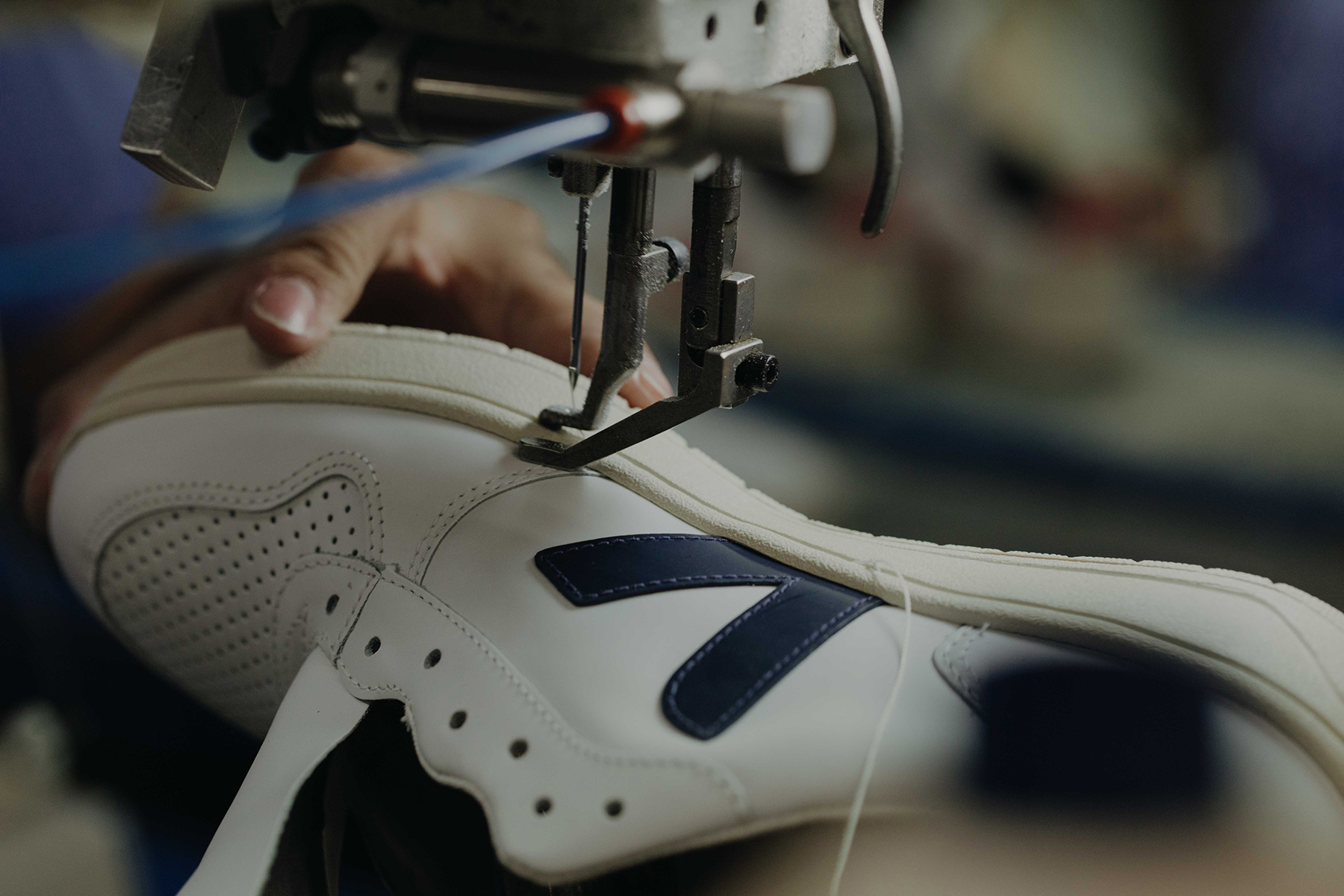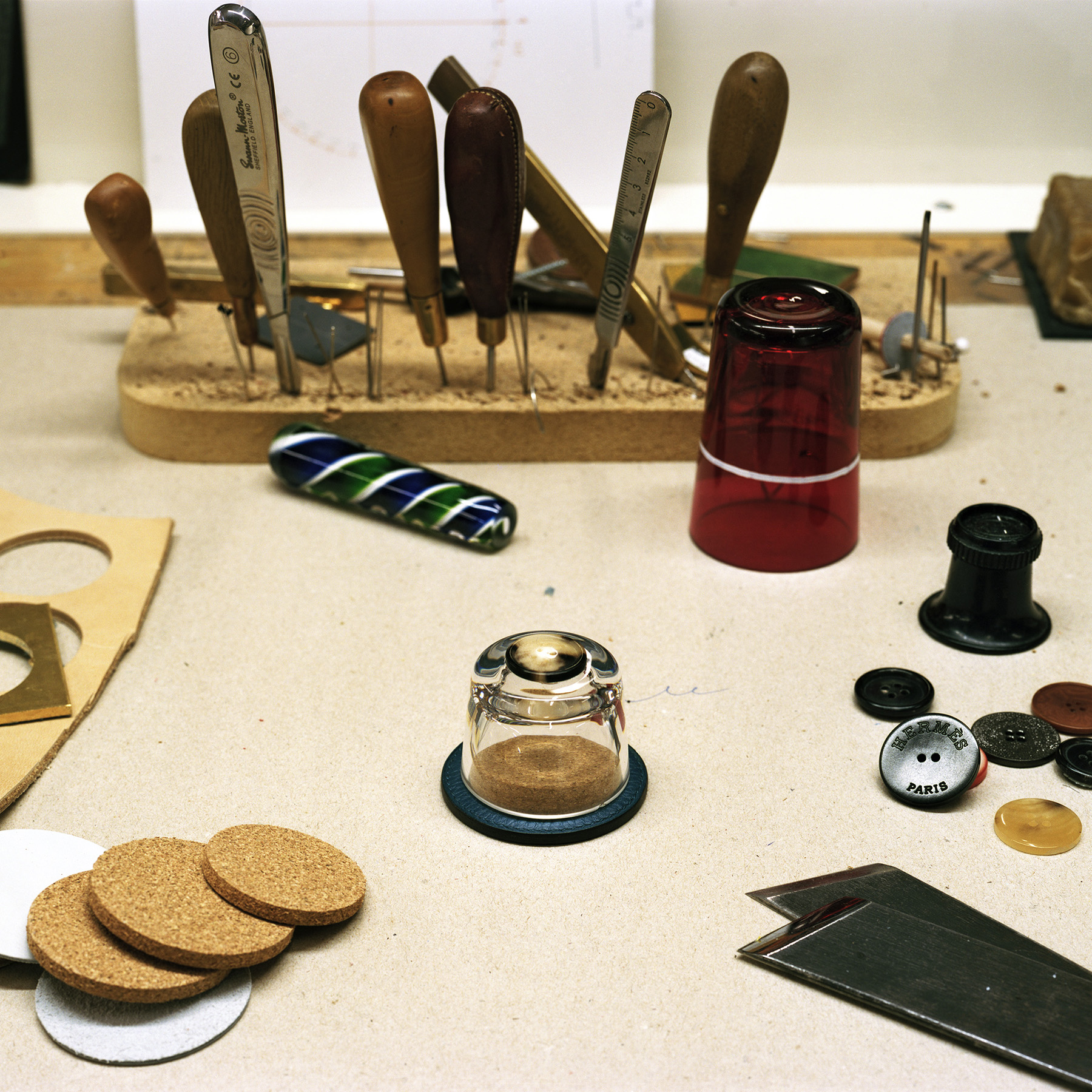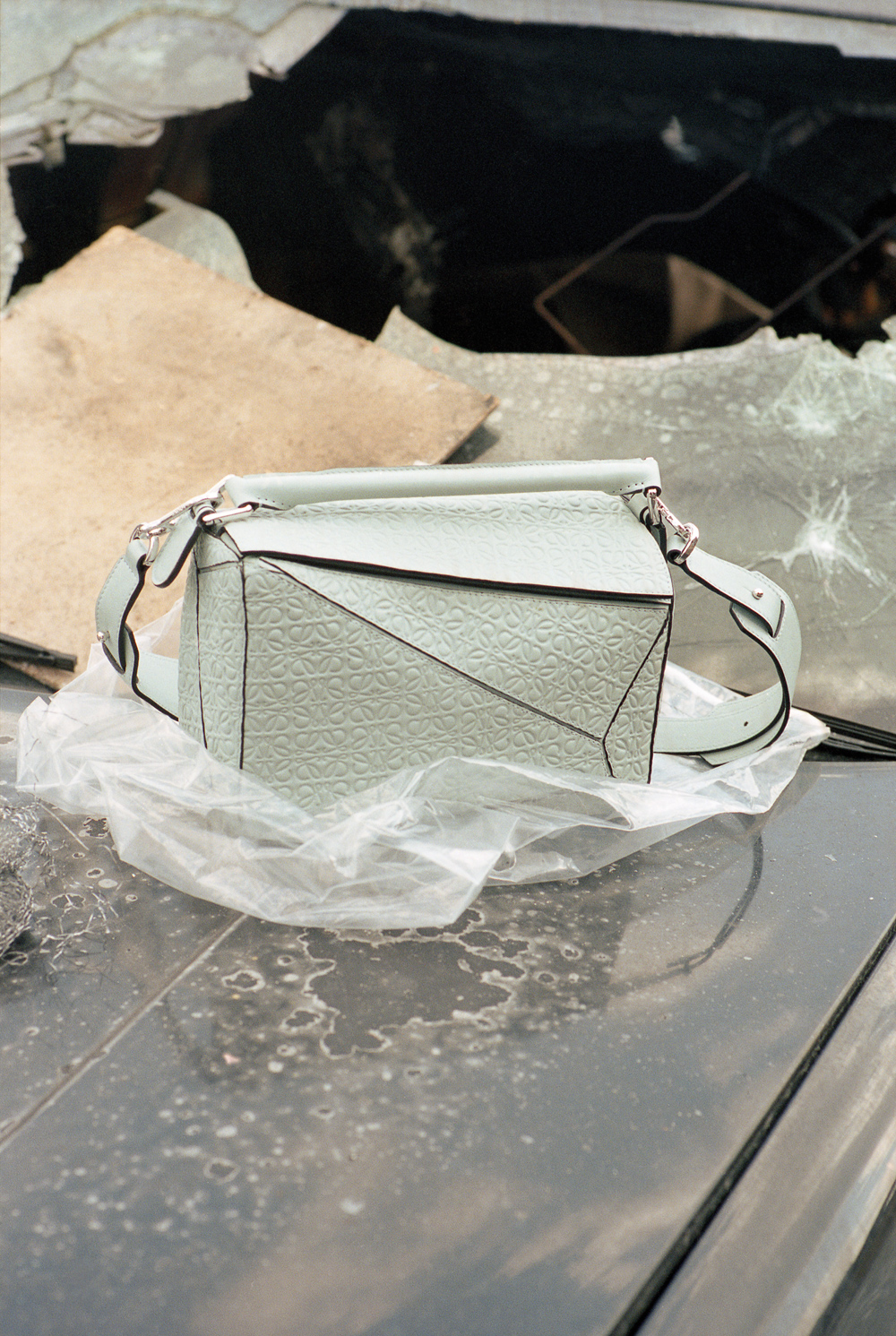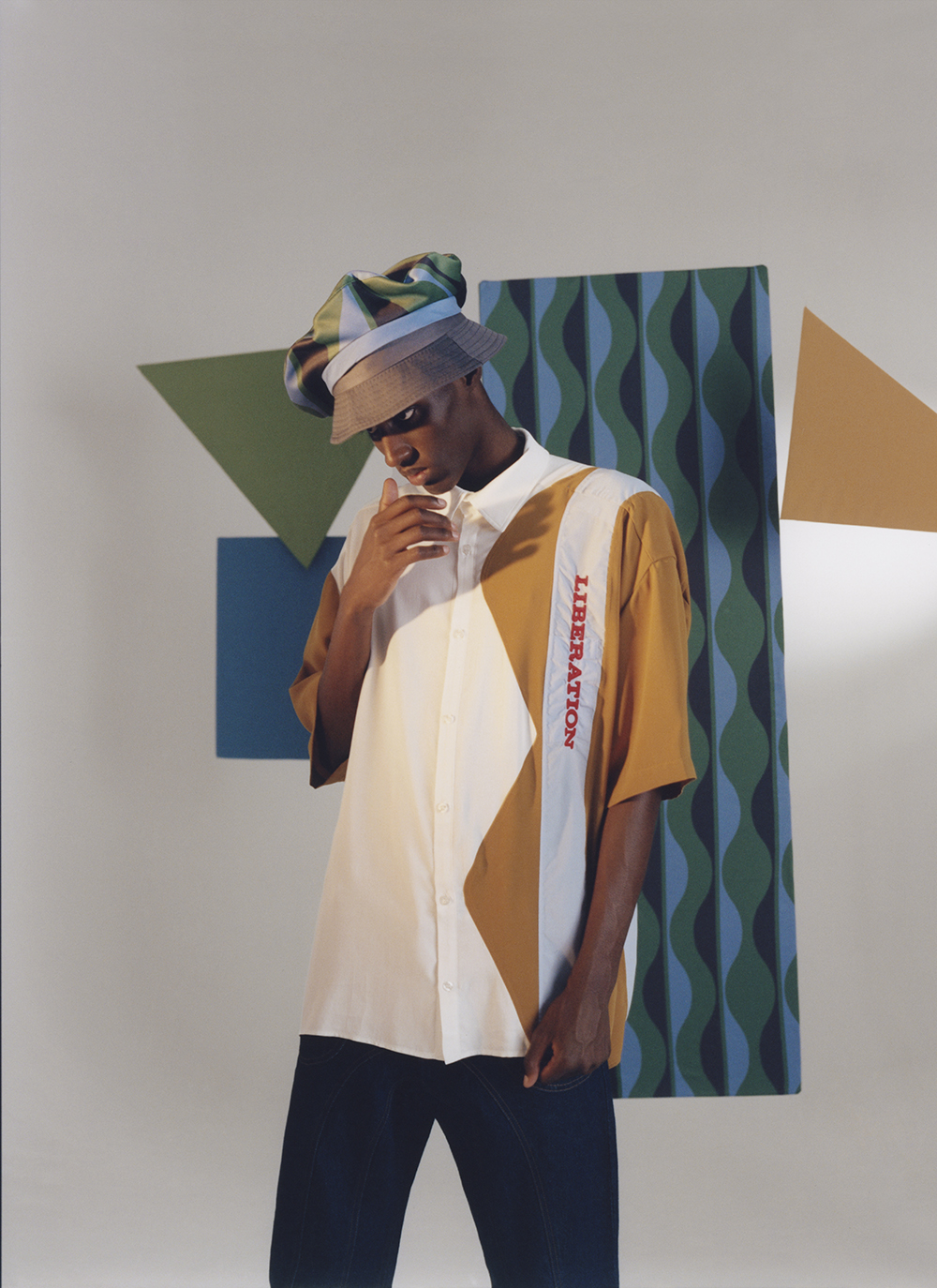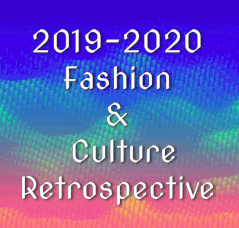This editorial was made to kill two birds with one stone: to shoot a stellar selection of clothes… made of stuff that otherwise had very little use. It’s no secret how much waste and money goes into the creation of an editorial that has such a short life cycle: the carbon footprint spent in the process of loaning and returning clothes; building sets in a studio; creating custom pieces. Considering that crisis after crisis has emerged over the course of the pandemic, this seemed like the perfect opportunity for us to try a new approach: forget the guidelines and actual samples— let’s forge our own blueprint and be creative.
To begin with, there were plenty of overdue issues to be addressed: personally, I was horrified by the work clutter that accumulated every single day at home; frustrated that I was not being able to pull in interesting looks for the season; starved for more fulfilling, challenging collaborations; and at the same time, inspired by the bold editorial directions I observed from other international publications. There has been plenty of online discourse questioning the relevance of editorials at a time of physical distancing and possible economic recession. Was it possible to address all these issues through a single shoot? Could an editorial experiment solve financial and environmental concerns? Would it simplify or complicate the process of shooting? And most importantly, would it make a difference?
This creative endeavour pushed all of us out of our comfort zones. This was technically Fadli’s first fashion editorial in print, despite having had his work published internationally. “Crossing from a documentary and portrait photography background, this project was a steep learning curve for me. It's challenging but also a super fun experiment at the same time. But in the end, the most important thing this project highlights is the importance of collaboration between creatives,” he shares.
Everyone involved in the shoot also came together for a lengthy discussion about how the shoot will be executed. "It feels like we are making a gesture of appreciation to all the people we look up to in fashion,” says Yusti. “Their work continually inspires us to push for interdisciplinary collaborations. Basically, the concept allows us to make a tribute, which I enjoy." This form of equity—in the production of fashion editorials—is actually rare these days and it’s ironic that we achieved this closeness at a time when we were supposed to be distanced.
This was also the first time I did not loan pieces from international brands and therefore did not have to deal with the usually rigid administrative work—I had the luxury of choosing any look I wanted as long as they were in season. First, we made an inventory list of the most interesting and cohesive looks and then selected the best ones to create. It was then up to Erwin to help me realise them as he had the technical knowledge. Most of the project’s time was spent consulting with him on the construction of clothes to make sure they looked their best. The only rule I had was that we could not use new things and therefore sourcing became the biggest concern. There were a few technical issues about using the material we gathered, and we went through a few rounds of sampling because some renditions didn’t achieve the desired effect.
We both ran to our moms for stuff, rummaged through our houses and asked our friends via Instagram stories if they had certain objects. “Material-wise, it’s not different from what I’m used to working with since I’ve constructed things from a variety of materials,” shares Erwin. “But the challenge is working with what we already have. These days I feel like I have to be more resourceful, and I am trying to be more conscious about sustainability. Working this way feels more fulfilling and I can achieve those goals.” One obstacle we faced was passing my items to him. As he lived on the other side of the city, it required quite a long journey by a courier.
A stylist typically prepares extra options for contingency but this can trigger a “hoarding mentality”—there’s usually tonnes of waste in unused looks and props leftover from shoots. We keep everything for future use even though we know full well that most items will only be used once, and that specific projects call for specific items. I’m left with boxes and boxes of random background fabrics, countless bric-a-brac that I can’t even display, unused dry plants, and construction materials at home with no proper place designated for them. In this case, however, we had minimised such a situation: we saved on costs because we didn’t pick up clothes from multiple offices; we managed to reuse a lot of items from home that didn’t have much purpose; we had ample time to make this work; everyone had a specific task instead of combining multiple roles.
A lot of work goes into creating an editorial. People only see the results on the page, not the struggle, the pain, the journey, or the fun. Regardless, what matters is that our energy is put into somewhere positive and fruitful—and it will show. Without worrying too much about logistics and administrative work, we were able to restore our focus to interacting with each other as individuals, understanding each of our goals, visions, passions, being creative and in the moment to do the best we can. If there is a healthy way to produce a shoot, why not go with that?
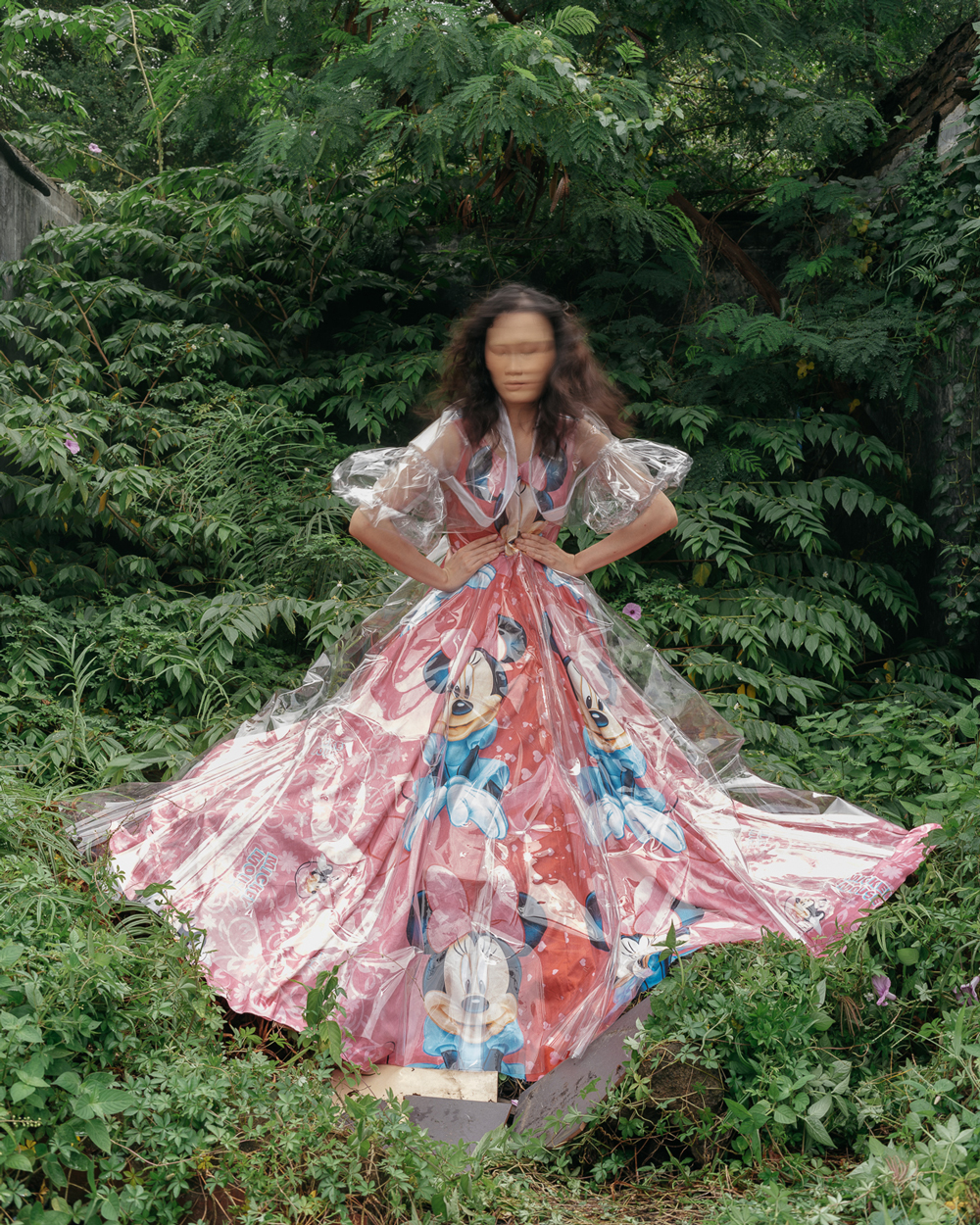
COMME DES GARÇONS.
Bedsheet, pillowcase, and PVC table cover from home repurposed as dress and jacket
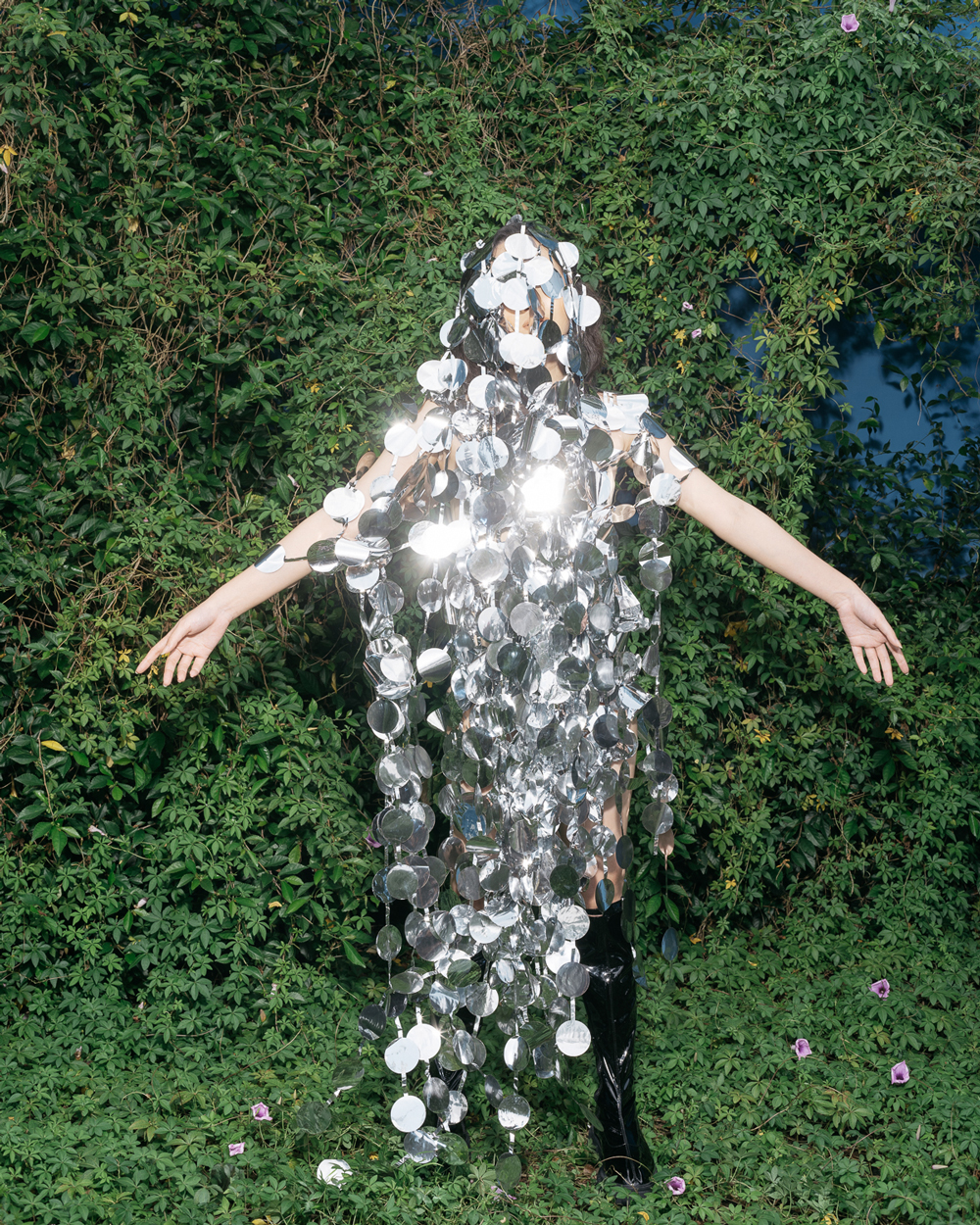
PACO RABANNE.
Party streamers from previous commercial shoot assembled as dress
Boots stylist’s own
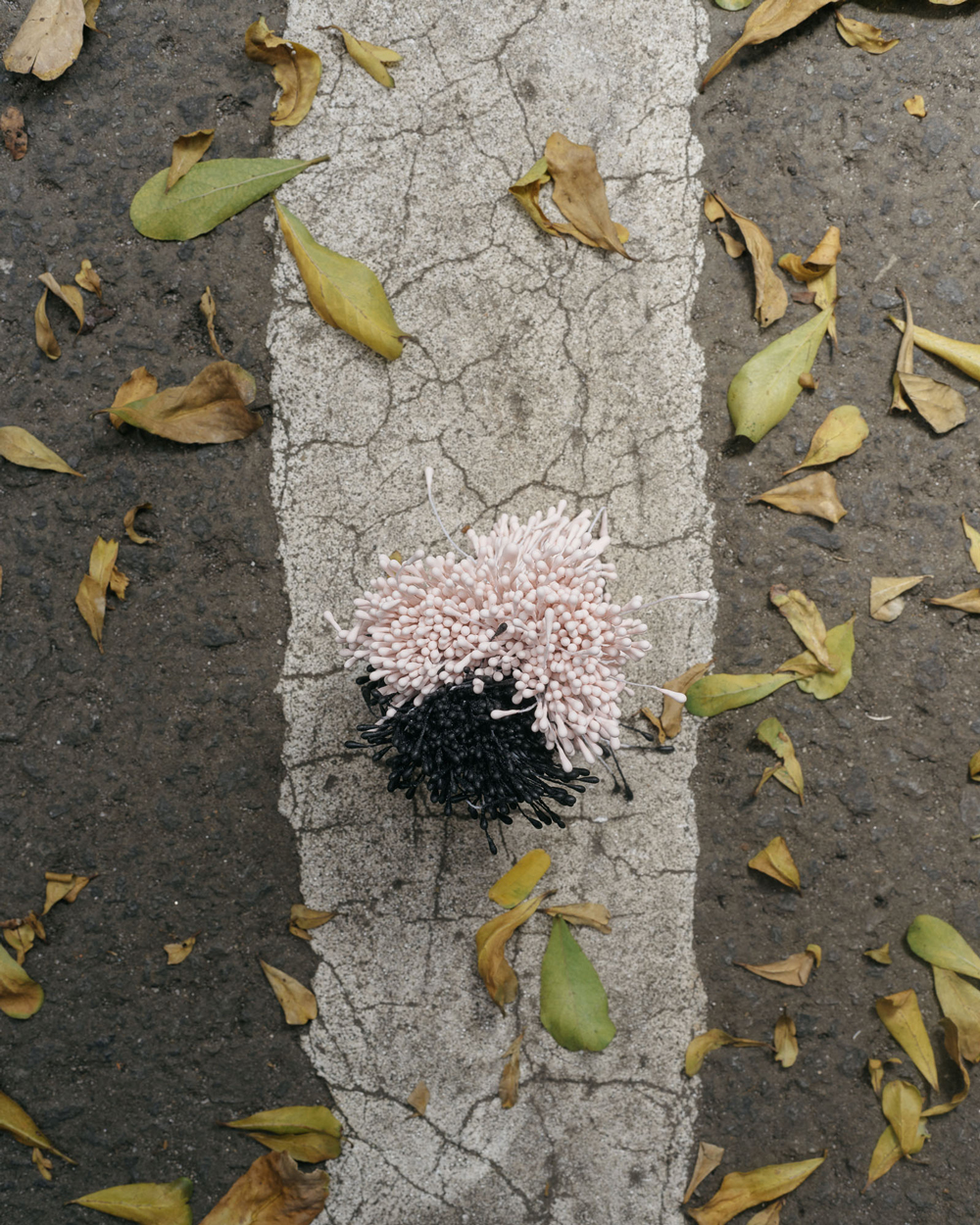
HALPERN.
Paper stamen leftovers from test shoot assembled as dress
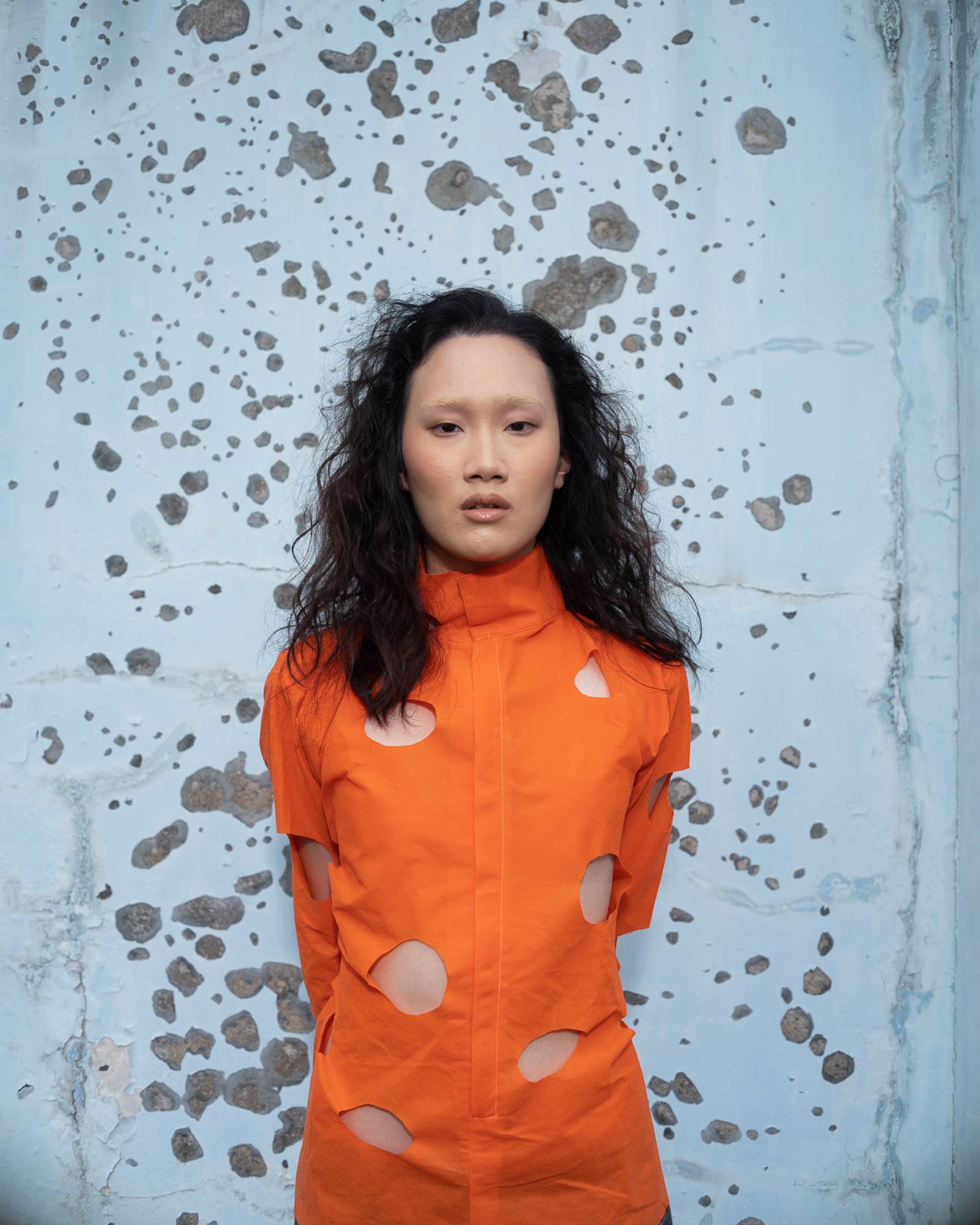
PRADA.
Spare PPE from previous commercial shoot repurposed as turtleneck top
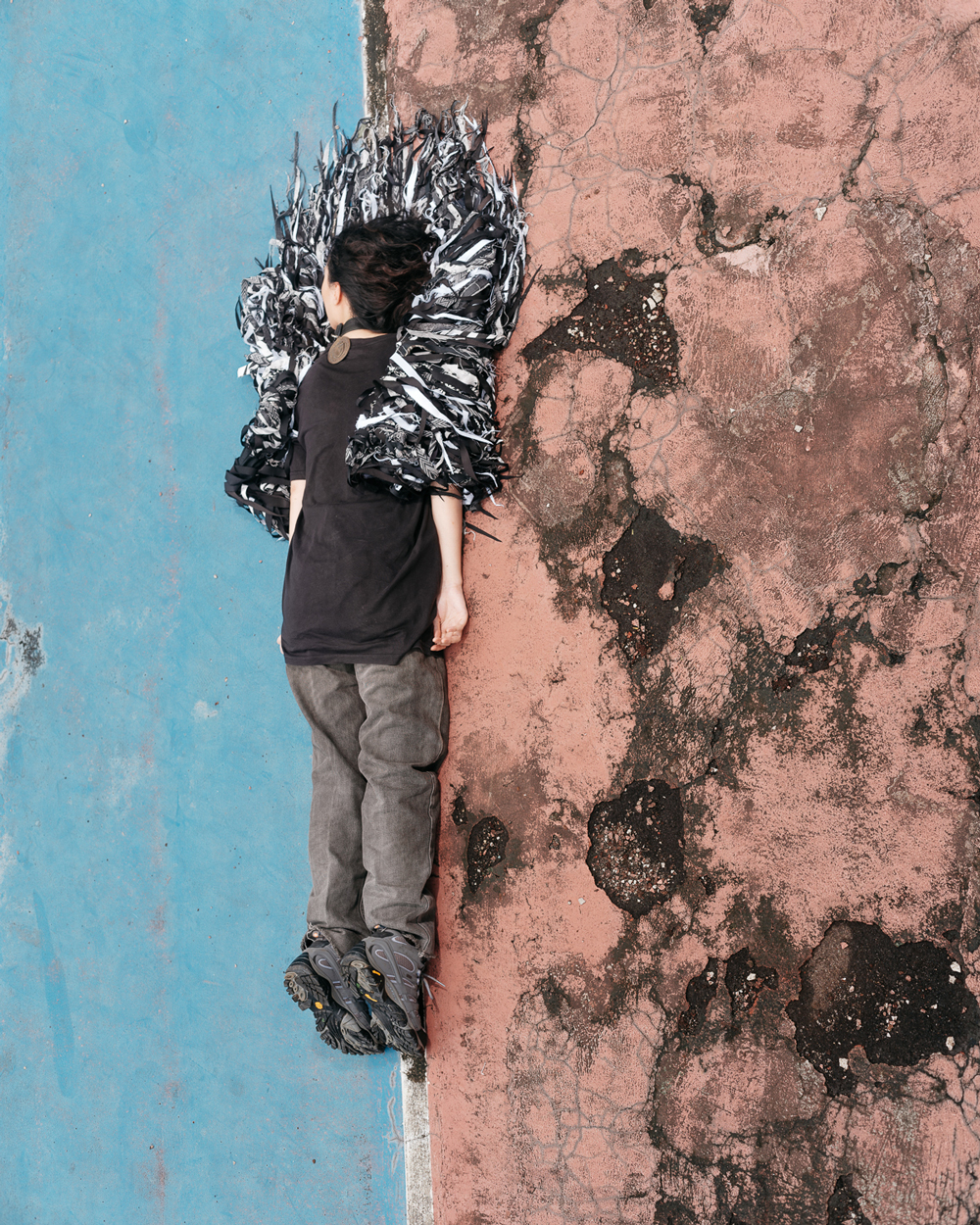
BALENCIAGA.
Deadstock and leftover fabrics from college constructed as coat
High school medal and backpack strap from school constructed as choker
Vintage sunglasses, shirt and jeans from mom
Shoes stylist’s own
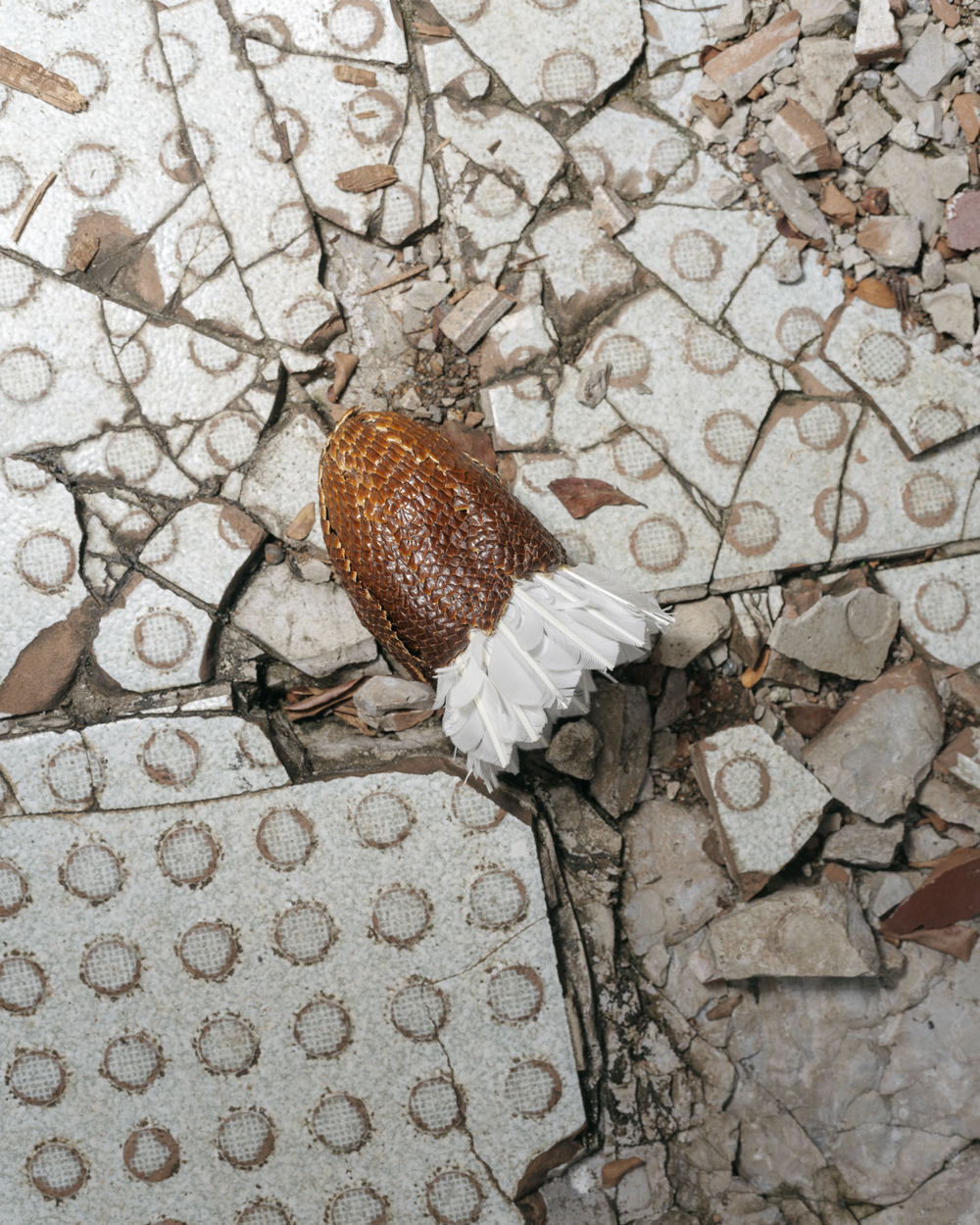
LOEWE.
Snake fruit skin and used badminton shuttlecock from home assembled as jacket and dress
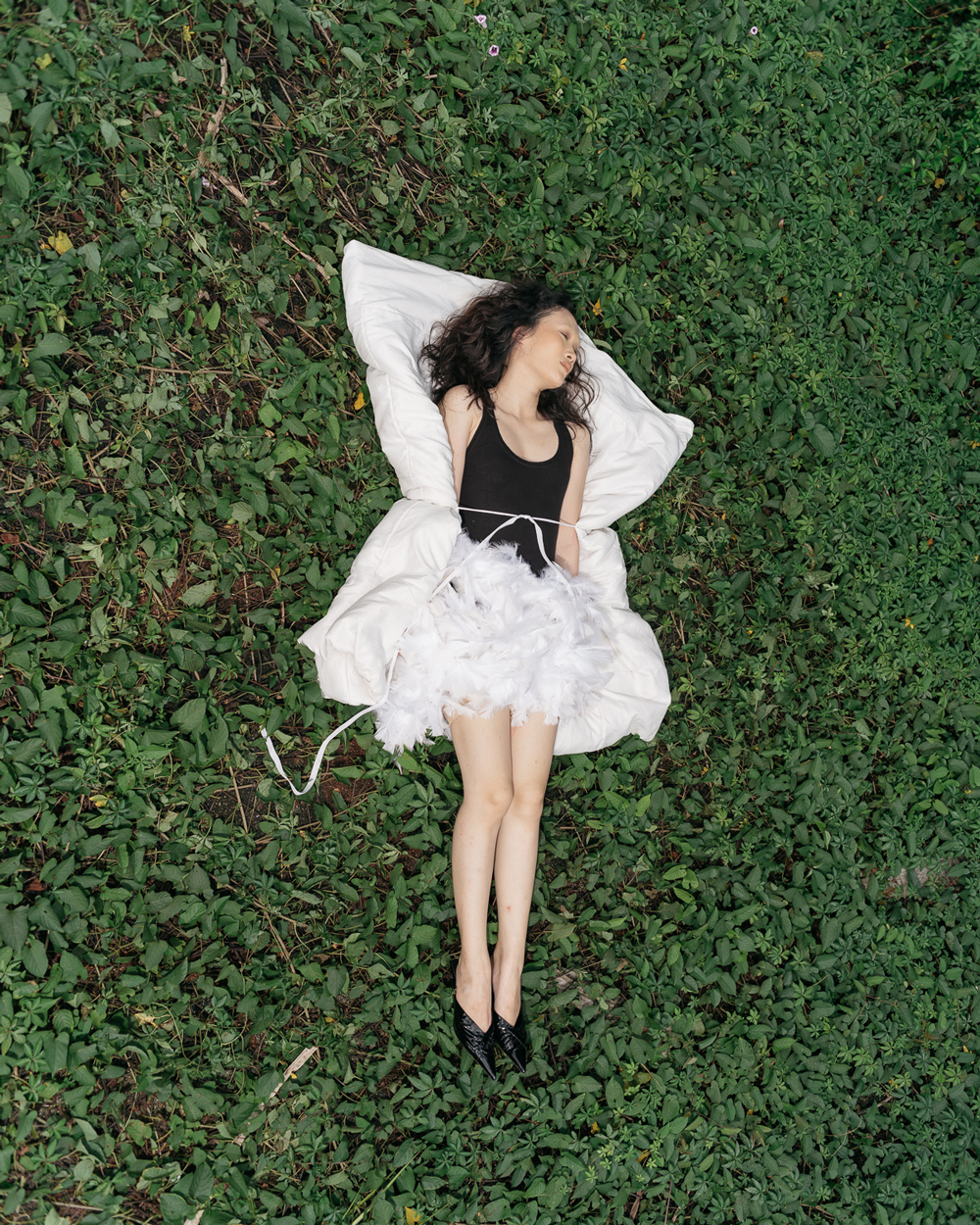
FENDI.
Duvet from home repurposed as coat
Vintage tank from mom
Used feathers from previous commercial shoot repurposed as skirt
Heels stylist’s own
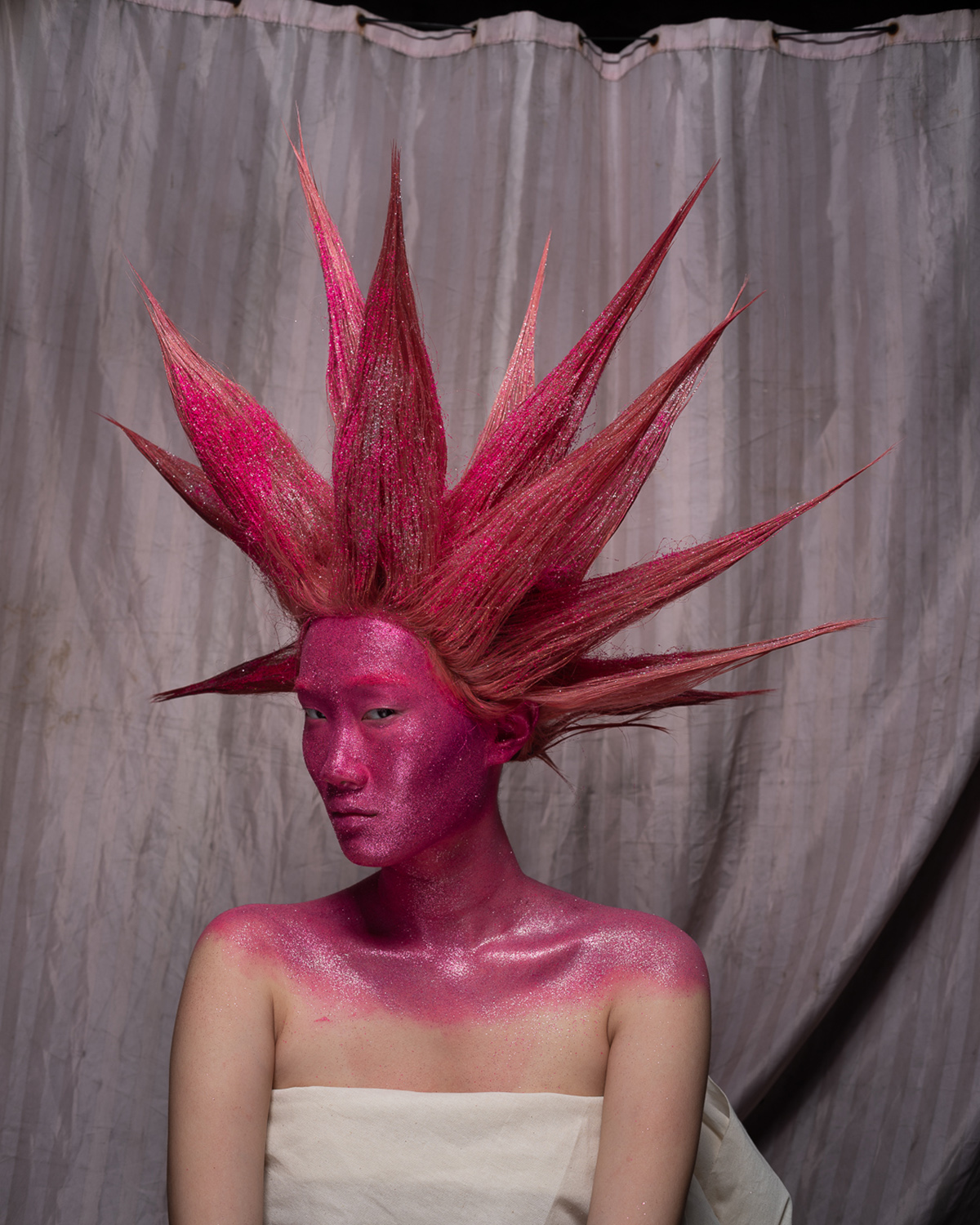
CHRISTIAN COWAN.
Hair concept originally by Evanie Frausto
Makeup concept originally by John Stapleton
Wig borrowed from a friend, glitter from previous commercial shoot
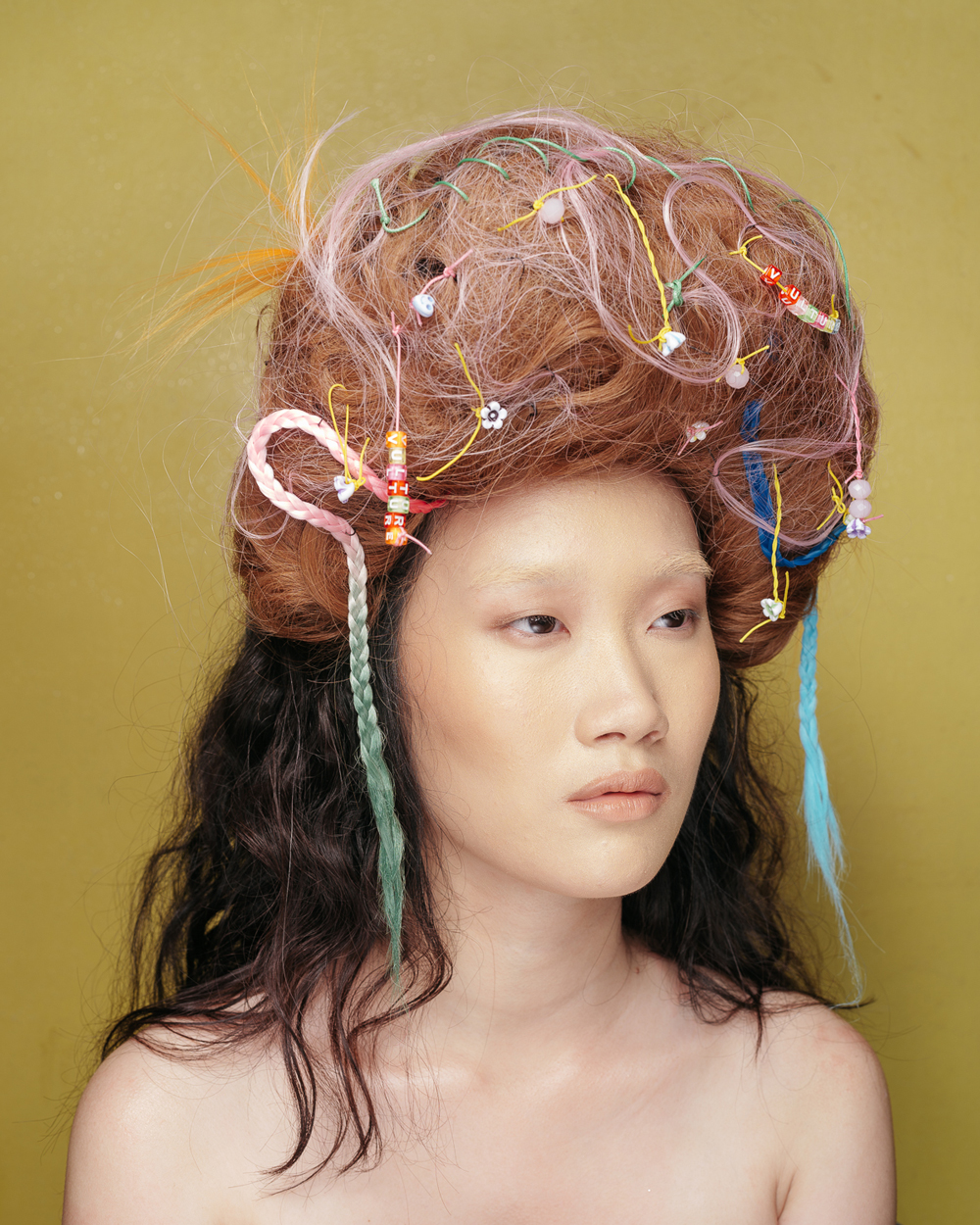
COLLINA STRADA.
Hair concept originally by Tomihiro Kono
Children’s bracelet from home deconstructed as bits and bobs
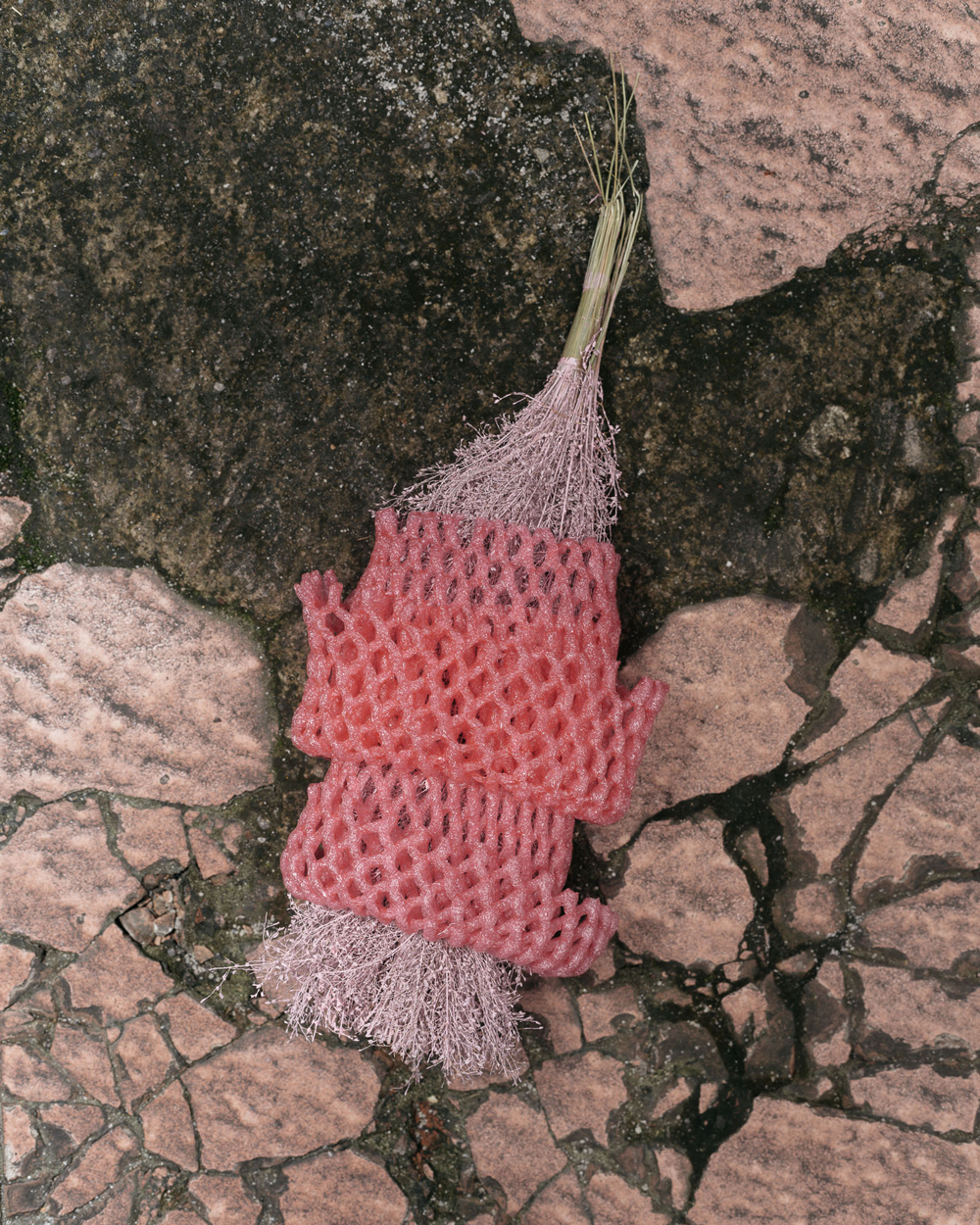
KEI NINOMIYA.
Dried plant from previous commercial and foam packing net from local supermarket assembled as dress
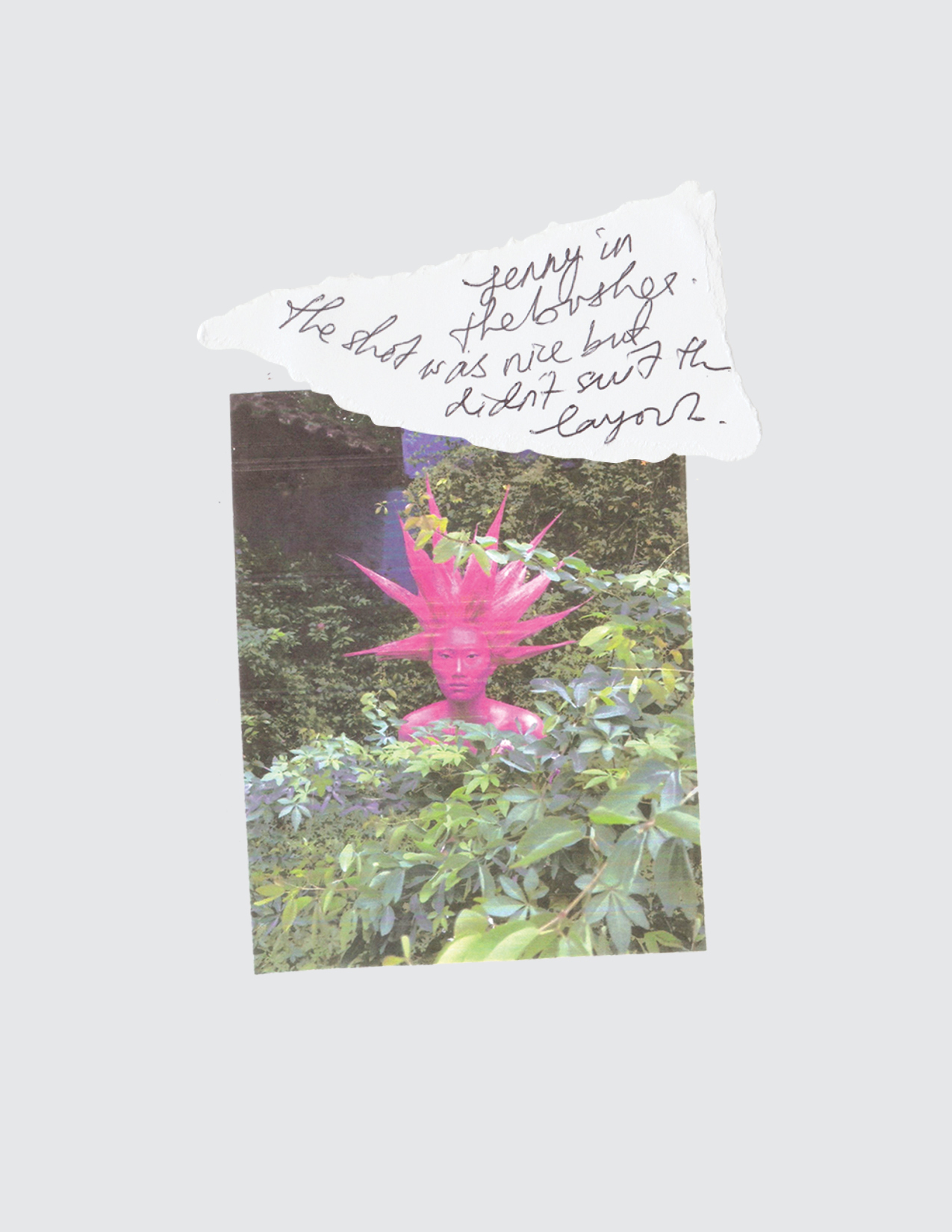
PHOTOGRAPHY. MUHAMMAD FADLI
STYLING AND TEXT. ALLYSHA NILA
MAKEUP AND HAIR. YOSEFINA YUSTIANI
MODEL. JENNY/DIEU MANAGEMENT
PHOTOGRAPHY ASSISTANT. ZULKIFLI
STYLING ASSISTANT AND DESIGN. ERWIN
MAKEUP AND HAIR ASSISTANT. SHALUNA RADITYA

PHOTOGRAPHY. MUHAMMAD FADLI
STYLING AND TEXT. ALLYSHA NILA
MAKEUP AND HAIR. YOSEFINA YUSTIANI
MODEL. JENNY/DIEU MANAGEMENT
PHOTOGRAPHY ASSISTANT. ZULKIFLI
STYLING ASSISTANT AND DESIGN. ERWIN
MAKEUP AND HAIR ASSISTANT. SHALUNA RADITYA
